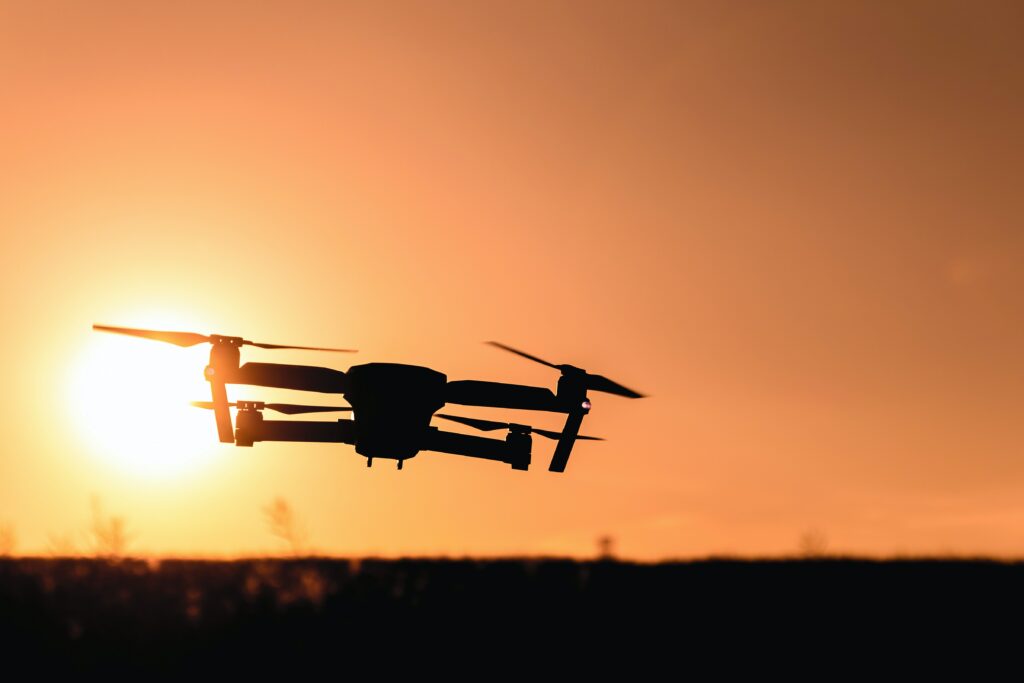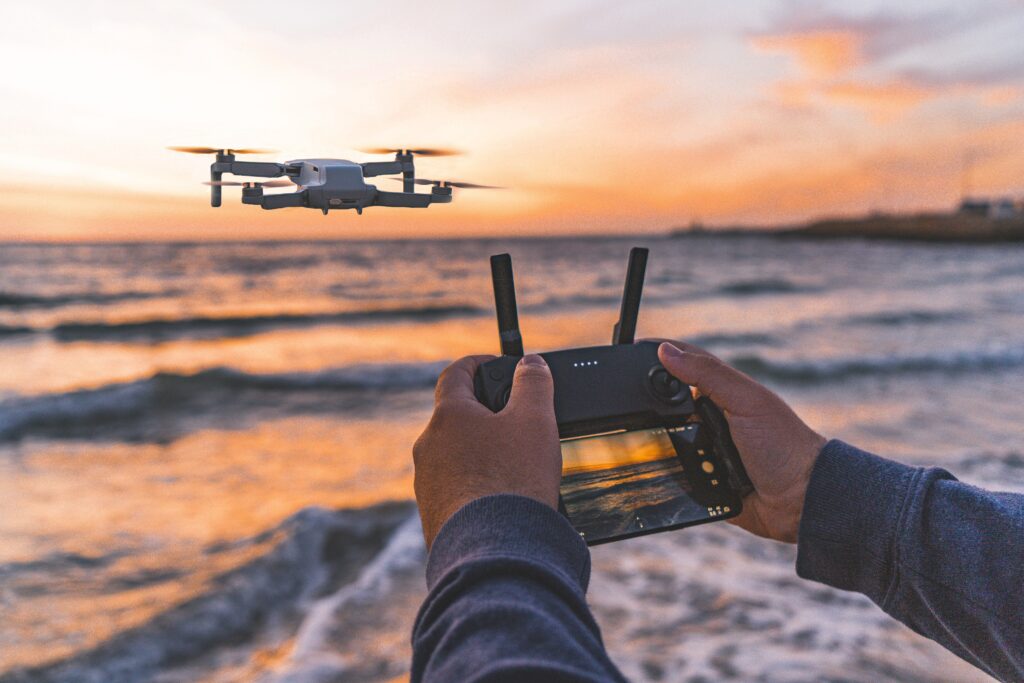
Information about EASA CE class identification labels
The European Union Aviation Safety Agency (EASA) has established a classification system for unmanned aircraft systems (UAS) or drones based on their weight and capabilities. The EASA drone class identification label consists of seven labels, the following table is a good overview on what that entails – with the maximum takeoff weight (MTOM) as specified by the manufacturer often being the deciding factor:
| Requirement | Class C0 | Class C1 | Class C2 | Class C3 | Class C4 | Class C5 | Class C6 |
|---|---|---|---|---|---|---|---|
| MTOM below 250g | Yes | ||||||
| MTOM below 900g | Yes | ||||||
| MTOM below 4 kg | Yes | ||||||
| MTOM below 25kg | Yes | Yes | Yes | Yes | |||
| Possesses low speed mode (limit to 3m/s), except for fixed wing aircraft | Yes | ||||||
| Possesses low speed mode (limit to 5m/s), except for tethered aircraft | Yes | ||||||
| Indication of noise emission | Yes | Yes | Yes | Yes | Yes | ||
| Limit to noise emission | Yes | Yes | |||||
| Direct remote identification function | Yes | Yes | Yes | Yes | Yes | ||
| Geo-awareness function | Yes | Yes | Yes | Yes | Yes | ||
| Low battery warning | Yes | Yes | Yes | Yes | Yes | ||
| Flight termination system, unless tethered | Yes | Yes | |||||
| Geo-Caging function | Yes | ||||||
| Information on drone position, speed & altitude | Yes | Yes |
The operator is responsible for obtaining a reasonable confidence that the drone he/she is acquiring complies with requirements applicable to its C class 1 – 6.
In particular and according to the EASA the operator needs to ensure that:
- buying directly from outside the EU should be avoided as the drone may not be intended for the EU market and may not comply with EU legislation.
- the drone bears the appropriate class label from 1 to 6 and it comes with a declaration of conformity showing compliance with the Drone Regulation (EU) 2019/945.
- when buying a second hand drone , obtain reasonable confidence that the drone has not been damaged or modified in a way that affect its initial compliance with the Drone Regulation (EU) 2019/945.
- the initial compliance of the drone to the requirements of its C Class is maintained throughout its lifetime, in particular that the drone is not damaged or modified in a way that could affect it.
Why is it a CE declaration, not a CE certification? And what’s the difference?

CE stands for “Conformité Européene,” which means “European Conformity” in French. It is a declaration by the manufacturer that their product complies with the essential requirements of relevant European Union (EU) directives. This declaration signifies that the product meets the required safety, health, and environmental protection standards for sale in the EU.
CE marking is not a certification but a declaration, which means that the manufacturer takes responsibility for their product’s compliance with the relevant EU directives. In contrast, certification is a third-party verification that a product meets a particular set of standards or requirements. A certification is granted by a certification body after a thorough evaluation of the product or service. It is independent of the manufacturer and provides a level of assurance to consumers and stakeholders that the product meets specific criteria.
The difference between a declaration and a certification is that the declaration is a self-assessment by the manufacturer, whereas certification is an independent assessment by a third-party. A declaration means that the manufacturer is taking responsibility for the compliance of their product with applicable standards, whereas certification means that the product has been evaluated by a third-party and has met the necessary criteria. Therefore, CE marking does not provide the same level of assurance as certification, but it does signify that the manufacturer has taken responsibility for their product’s safety and compliance with EU regulations.
In the drone world, the CE declaration that is necessary to label the drone with a class identification label must be done together with a Notified Body for certain classes of drones. The Notified Body is a third-party organization that has been accredited by the EU to assess compliance with the relevant directives. For drones in the open class, the manufacturer can self-declare their product’s compliance with the applicable standards and affix the CE mark themselves. However, for drones in the specific or certified class, the manufacturer must have their product assessed by a Notified Body to demonstrate compliance with the relevant standards.
Please note, that the class identification label and the requirements specific to drones are probably not the only thing necessary for a manufacturer to issue a CE conformity declaration.

It’s important to note that the CE declaration is not the same as certification. Certification for drones is the responsibility of the EASA, and it is reserved for drones in the certified class. The certified class is intended for drones that are used for more complex operations, such as beyond visual line of sight (BVLOS) or autonomous flight. Drones in the certified class must meet more stringent requirements and undergo a more rigorous evaluation process. Certification provides a higher level of assurance that the drone is safe and reliable for its intended use.
In contrast, the CE declaration only applies to drones in the open class which are considered low-risk and intended for recreational or commercial use in simple operations. The exception are C5 and C6 which are applicable for specific class standard scenarios STS-01 and STS-02. The CE declaration signifies that the drone meets the essential requirements of the applicable directives and is safe for use in the EU market. While the CE declaration does not provide the same level of assurance as certification, it is still an important step in ensuring the safety and compliance of drones in the open class.
